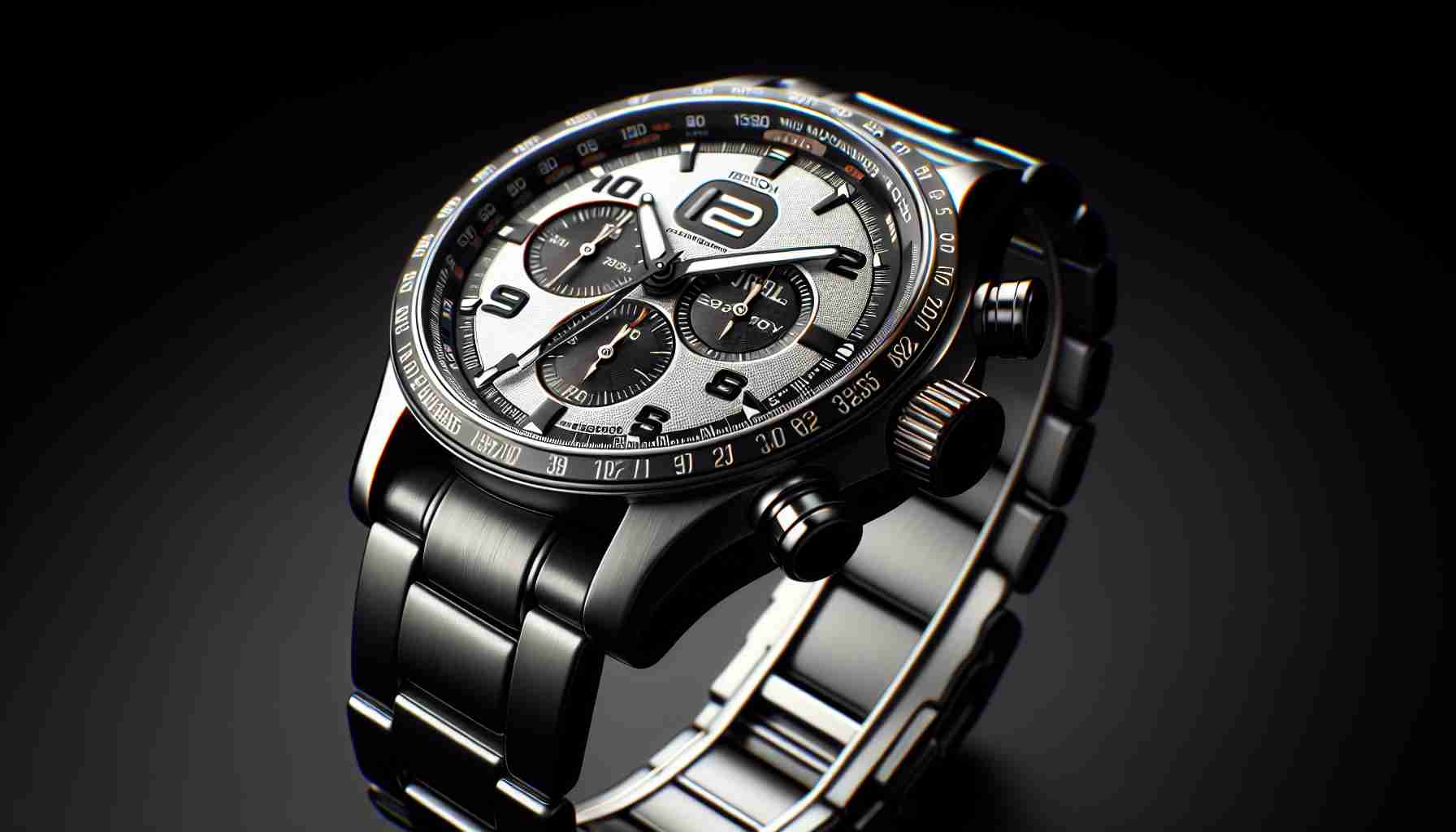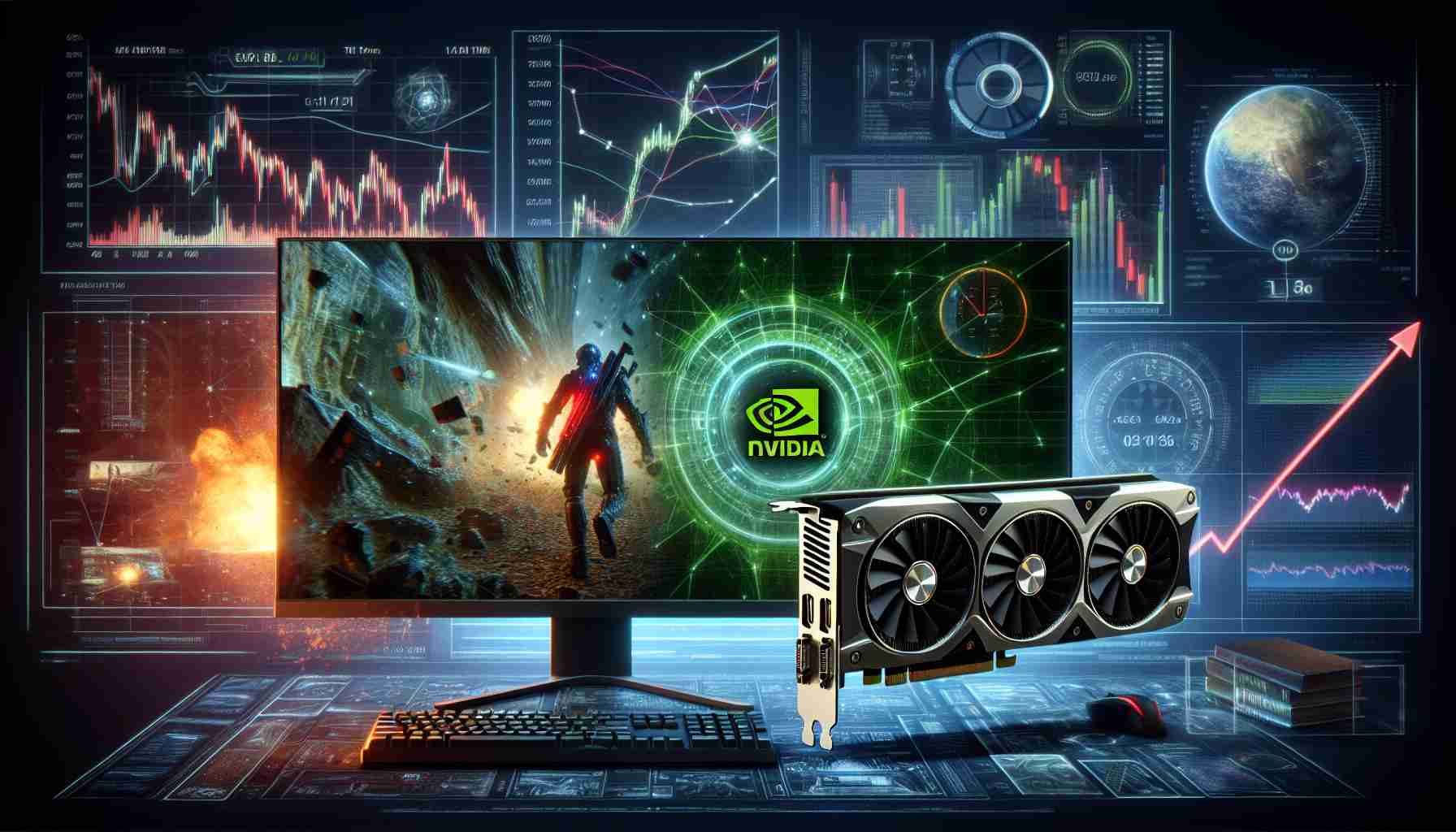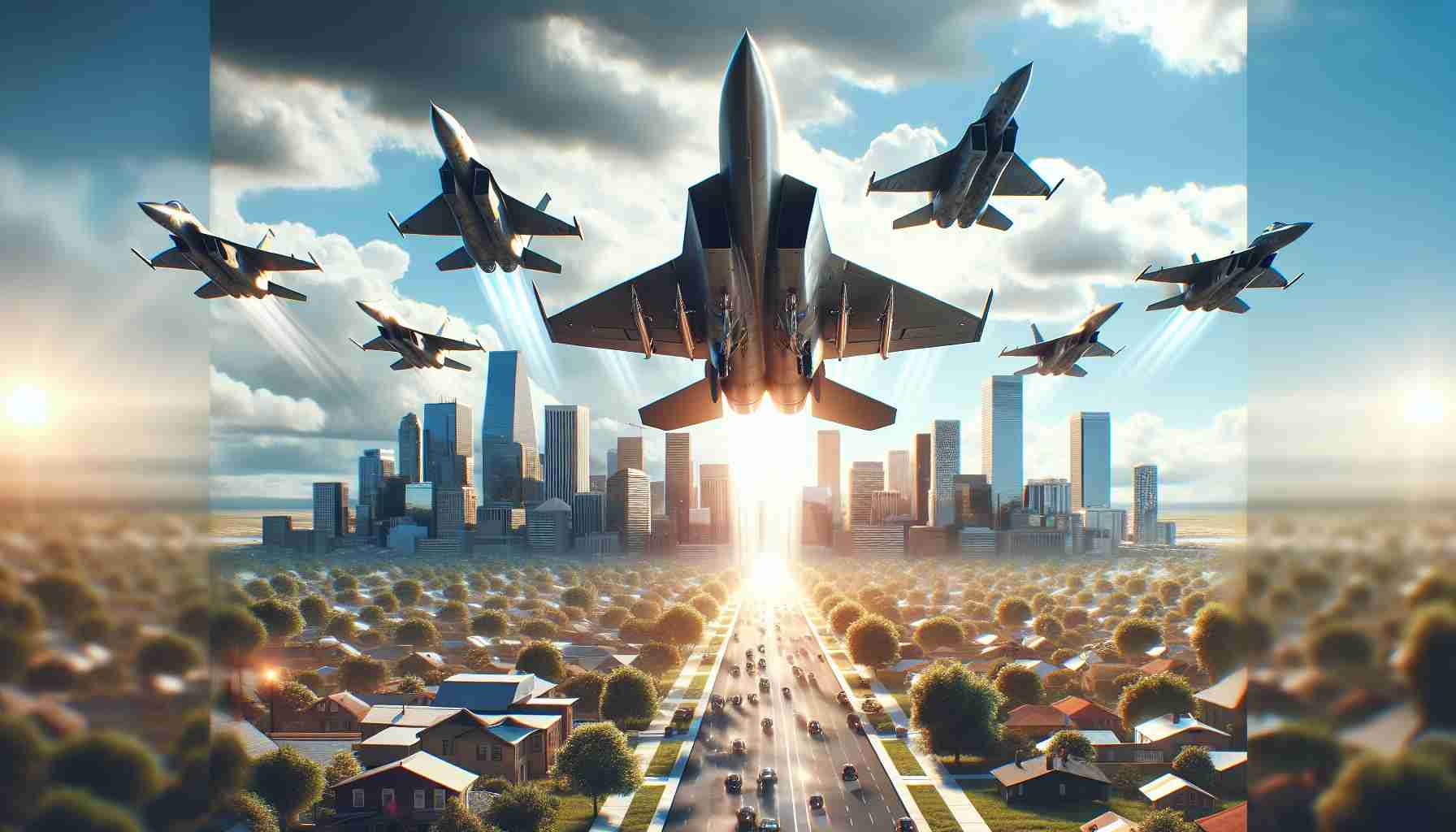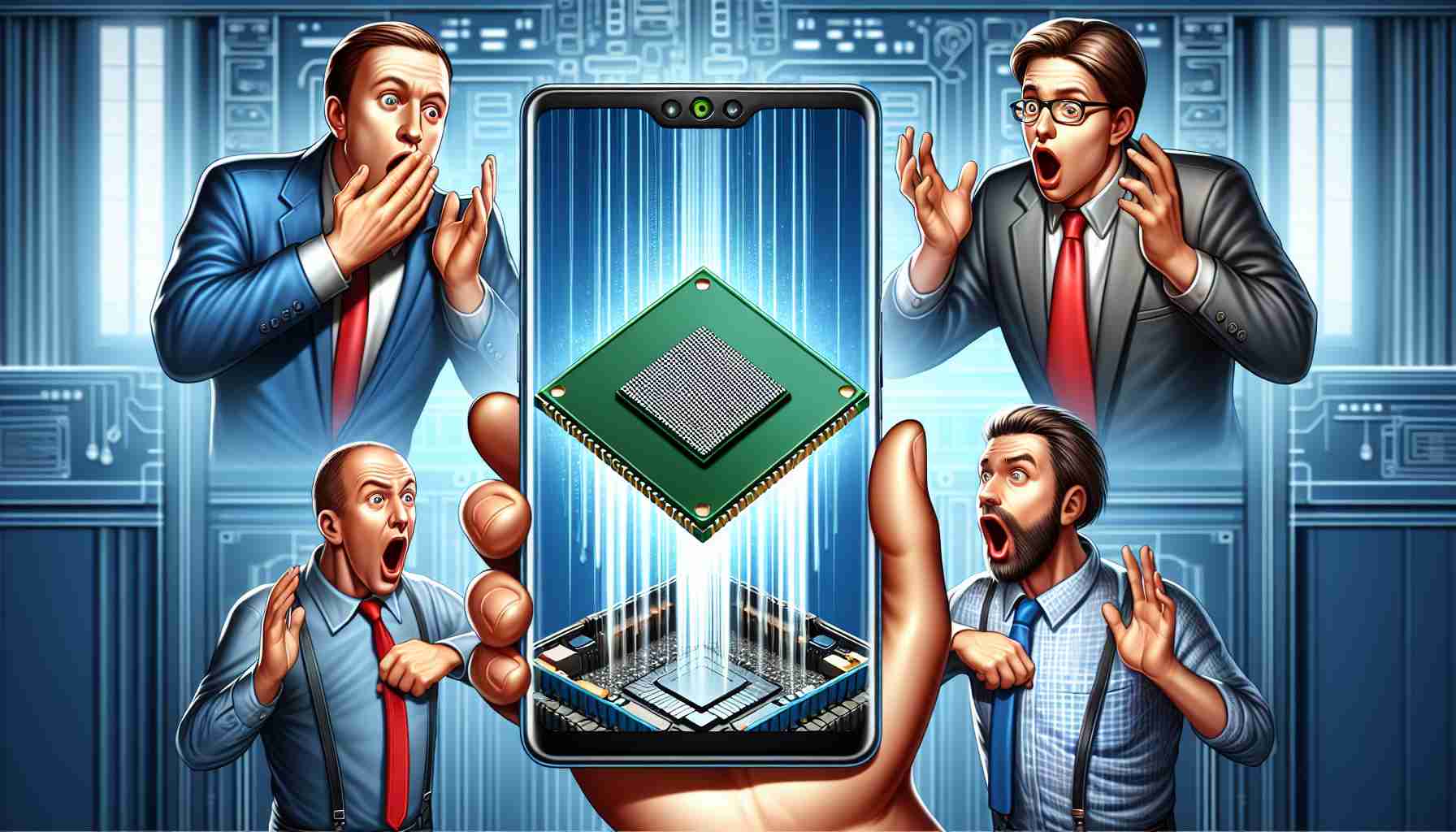In the rapidly changing landscape of artistic expression, technology plays an increasingly pivotal role. As artificial intelligence (AI) becomes a more integral part of artistic processes, discussions surrounding its implications have intensified. Esteemed artist Pedro Sandoval is at the forefront, advocating for a balanced perspective on this innovative tool.
Sandoval, whose work has garnered international acclaim, emphasizes that AI should be viewed as an extension of the artist’s toolkit. He suggests that, rather than replacing human creativity, these advanced systems enhance the artistic process. In his studio filled with vibrant artworks, Sandoval articulates that the unique prompts provided by artists shape the AI’s creations, making the output distinctly personal.
His artistic journey began in Venezuela, leading him to significant encounters with art icons in New York City. Learning from luminaries like Andy Warhol, he suggests that AI’s true potential lies in its utilization by those trained in artistic disciplines. Sandoval notes that while the AI generates images based on existing styles and techniques, the soul of the artwork remains in the hands of the artist.
Despite the allure of digital innovation, Sandoval warns against neglecting cultural heritage. He underscores the importance of educating younger generations about art history, advocating for a balanced integration of tradition and technology in contemporary creativity. In doing so, he envisions a future where art remains deeply connected to its roots even amidst newfound digital horizons.
The Evolution of Art Through New Technologies: A Broader Perspective
As art continues to evolve alongside technological advancements, the role of new mediums and tools has become a subject of intense interest and debate. While many acknowledge the changing landscape shaped by innovations like artificial intelligence (AI), virtual reality (VR), and 3D printing, the nuances involved are often overlooked. This article delves deeper into the implications of these new technologies on art, exploring key questions, challenges, and benefits.
What are the key technologies transforming art today?
New technologies like AI, VR, augmented reality (AR), and blockchain are revolutionizing the artistic landscape. AI can create artworks and assist in design, VR allows for immersive experiences in exhibition spaces, while NFTs (utilized through blockchain) provide new methods for artists to sell their work while maintaining provenance and ownership.
What are the primary challenges and controversies?
1. Authorship and Ownership: AI-generated art raises compelling questions about authorship. If a machine creates an artwork, who owns it—the programmer, the user, or the machine itself? This debate bleeds into the realm of copyright as laws struggle to catch up with technology.
2. Cultural Appropriation and Authenticity: The blending of styles enabled by AI and digital tools can sometimes lead to cultural appropriation. Artists must navigate the fine line between inspiration and appropriation, posing ethical questions regarding authenticity.
3. Accessibility and Equity: While technology can democratize art creation, it also risks widening the gap between affluent artists with access to cutting-edge tools and those who cannot afford such technologies. Ensuring equitable access to artistic tools is crucial for fostering diverse voices in contemporary art.
What are the advantages of integrating technology in art?
1. Expanded Creative Possibilities: Technology offers artists numerous new ways to express their visions, allowing for innovations in style, form, and technique. Artists can experiment more freely without the constraints of traditional media.
2. Broader Reach and Engagement: Digital mediums enable artists to reach global audiences. Virtual galleries can host exhibitions that anyone can access, breaking down geographic barriers and creating opportunities for a wider appreciation of art.
3. Preservation of Heritage: Technology can also aid in the preservation of cultural heritage. Digital archiving allows for the safeguarding of artworks and traditional techniques that might otherwise be lost.
What are the downsides of this evolution?
1. Over-reliance on Technology: As technology becomes more integrated into the artistic process, there is a risk that some artists may rely too heavily on tools, potentially stifling originality and personal expression.
2. Loss of Traditional Skills: With the rise of digital art forms, there are concerns that traditional skills—such as drawing and painting—may diminish over time, leading to a disconnection from established art practices.
3. Environmental Impact: The production of digital tools and the energy consumption associated with maintaining digital spaces contribute to environmental concerns. Artists and technology developers must consider sustainable practices when creating and promoting new technologies.
Conclusion
The intersection of art and technology is a dynamic field that invites both innovation and reflection. As artists like Pedro Sandoval navigate these changes, it becomes essential to balance technological advancements with respect for cultural heritage and traditional practices. By addressing key questions surrounding authorship, accessibility, and artistic integrity, society can embrace the evolution of art through new technologies while maintaining its rich historical context.
For further exploration, you can visit Artsy and Artnet for insights into contemporary art and technology.






















